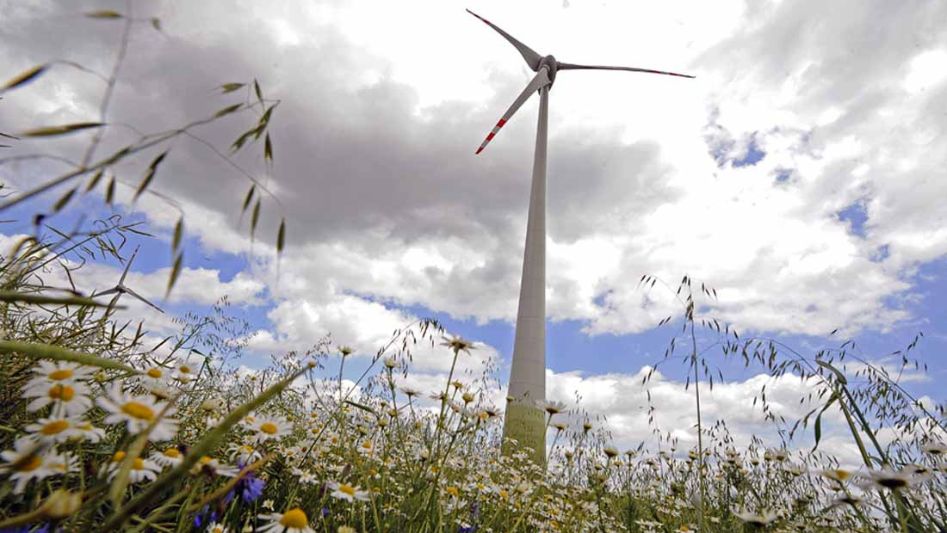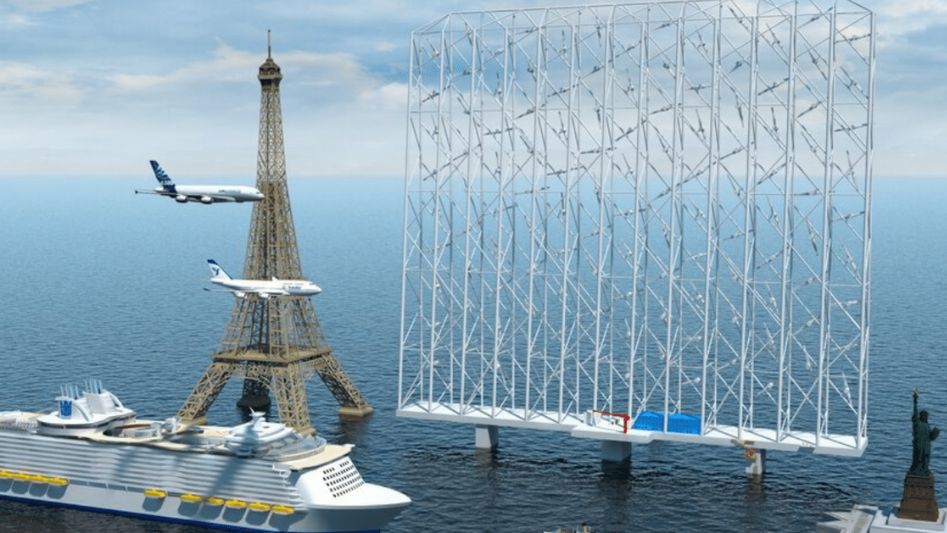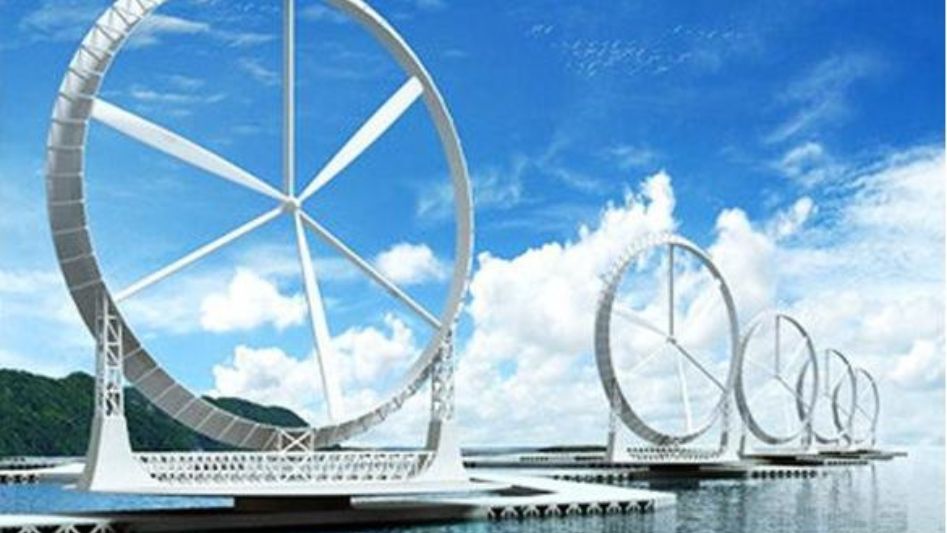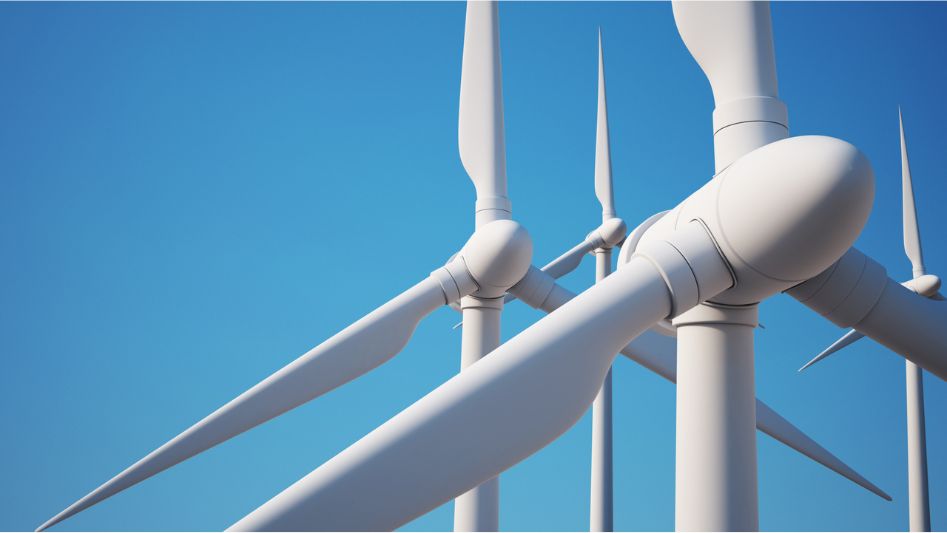Wind energy is as old as civilization. However, innovation has made wind power more efficient and more accessible than ever before. Here are 9 cool innovations in wind energy.
Table Of Content
- Introduction
- Airborne Wind Turbines
- Power from Low-Speed Winds
- Bladeless Wind Power
- Wind Turbine Lenses
- Vertical Axis Turbines
- Quiet Wind Turbines
- Wind Power Storage
- Community-Owned Wind Power
- Multipurpose Offshore Wind Turbines
- Conclusion
- FAQ
- You May Also Like
- External Links
Our economy devours energy, and the sooner we can augment and/or replace petroleum-based power sources, the better. Fossil fuels have harmful side effects. The advancements in wind technology that have been explored over the last year or two are a reminder that, with the correct equipment, we can convert the motion of the air above us into fuel for our energy-hungry lives, making wind power a terrific method to create clean, renewable energy.

1. Airborne Wind Turbines:
Makani Airborne Wind Turbine: Due to the Makani Airborne Wind Turbine’s (AWT) ability to access stronger and more constant wind at heights over 1,000 feet, it is estimated that 85% of the United States might have usable wind resources utilizing the device (as opposed to only 15% with existing turbine technology). When placed in far offshore waters, the Makani turbine might provide access to a renewable energy resource four times higher than the country’s electricity-producing capacity.
Altaeros Airborne Wind Turbine: The Altaeros gadget employs a helium-filled inflatable shell to reach high elevations, where the winds are stronger and more constant than they would be for tower-mounted turbines; the electricity it generates is then tethered to the ground below. The business claims that by taking advantage of these high-altitude winds, its device may reduce energy expenditures by as much as 65% and that the installation process could be shortened from weeks to days.
2. Power from Low-Speed Winds:
Wind Harvester: The Novel Wind harvesters work by using horizontal aerofoils, like those on airplanes, to create a reciprocating motion. As it produces almost no noise and can power homes at a leisurely pace, it might help new installations gain acceptance more easily. Moreover, it can function in winds that are stronger than those typically used by modern wind turbines.
3. Bladeless Wind Power:
Windstalk: A series of piezoelectric ceramic discs are stacked within each hollow pole. Electrodes are sandwiched in between the ceramic disks. A cable runs from the top to the bottom of each pole, connecting every other electrode. The electrodes that are even in number are linked by one cable, while the electrodes that are odd in number are linked by a different cable. The compression of a stack of piezoelectric disks caused by the swaying of the poles in the wind results in an electrical current flowing between the electrodes.
4. Wind Turbine Lenses:
Wind Lens: They claim to have found a simple technique to increase the efficiency of wind turbines by a factor of three, but the study team from Japan disputes this. They hypothesize that by installing a “wind lens” around the turbine blades, wind power may become more cost-effective than nuclear.

5. Vertical Axis Turbines:
Windspire: The conventional Windspire is 30 feet in height and 4 feet in width, making it compliant with the height limits imposed by most communities. The 1.2 kW Windspire erected at the [Beekman 1802] farm will generate about 2,000 kWh annually at average wind speeds of 11 mph, and its vertical axis design has been tested to be just 6 dB louder than the surrounding environment.
Eddy Turbine: The eddy turbine is compact and can operate reliably in winds of up to 120 miles per hour. At 3.5 m/s, it cuts in, and at 30 m/s, it stops working. With its 600-watt output, this turbine is designed to supplement solar panels by harnessing the power of the wind.
6. Quiet Wind Turbines:
Eco Whisper Turbine: Want to use wind energy but worry about the noise those giant turbines generate? The Eco Whisper wind turbine from Australia’s Renewable Energy Solutions is a great option. Although the developer boasts that the turbine is “virtually quiet,” its 20 kW-producing output isn’t much consolation. Some claim that it is also more effective.
7. Wind Power Storage:
Manmade Island Wind Battery Concept: Pumped hydro, a commonplace method of energy storage, is put to use on the Green Power Island. Water is pumped using extra energy from a lower reservoir to a higher reservoir during periods of low demand (off peak) in traditional pumped hydro systems.Electricity is produced when water is permitted to flow downhill into a lower reservoir in response to rising demand.
8. Community-Owned Wind Power:
Baywind Energy Cooperative: The wind farm, which was constructed in 1996 and is the first community-owned wind facility in the UK, produces around 10,000 MWh of energy annually, or enough to provide power for about 30,000 houses. The project not only helps its participants financially and environmentally, but it also sends money to local schools in the form of field trips and environmental textbooks.
9. Multipurpose Offshore Wind Turbines:
Seaweed Farms: Ecofys, based in the Netherlands, is spearheading a project that, if successful, will make offshore wind farms operational. For “the production of fish and animal feed, biofuels, and electricity,” the firm suggests growing seaweed near offshore wind turbines.
Conclusion
It’s possible that some of these technologies are only a sketch of what’s to come. Although some of the advancements in wind technology are still in the idea stage, others are already in the prototype or testing stage and may hit the energy market in the near future. There have been several promising developments in wind generation, including offshore wind, household turbines, and community-owned turbines.

FAQ
What are the most recent advancements in wind power?
The following were taken into account: airborne wind energy; offshore floating concepts; smart rotors; wind-induced energy harvesting devices; rotors mounted on the tips of blades; unconventional power transmission systems; multi-rotor turbines; alternative support structures; and modular high-voltage direct-current generators.
Where do you see wind power going from here?
This implies that wind power will be available for as long as the sun is shining (another 5 billion years or so) and can be used to power the grid.
How does wind power use different kinds of technology?
Wind power is generated by harnessing the kinetic energy of the wind by means of turbines installed either on land (onshore) or in water (offshore). Technologies for harnessing onshore wind energy are widely used since they have been shown to be effective.
You May Also Like
- Wind Energy Turbines History
- How Large Is This Hybrid Solar & Wind Energy Facility In Europe?
- Wind Energy: The Unknown Facts
- 5 Use Cases For Wind Energy That You Will Not Believe
- Everything You Wanted to Know About WIND ENERGY: PROS AND CONS

